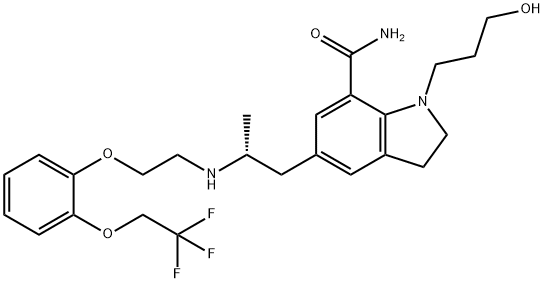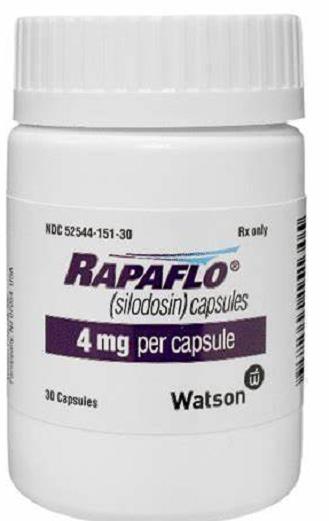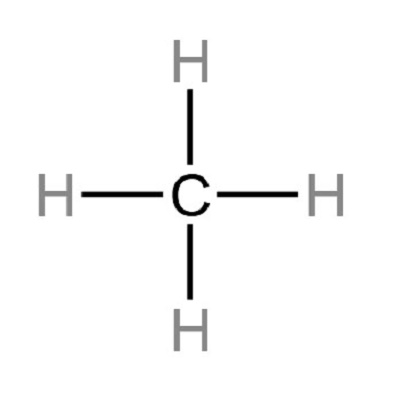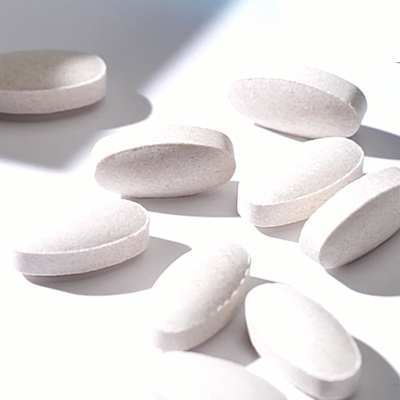Silodosin: pharmacodynamic, pharmacokinetic and clinical applications
General Description
Silodosin is a medication used for the treatment of lower urinary tract symptoms (LUTS) associated with benign prostatic hyperplasia (BPH). Its pharmacodynamic action involves selective antagonism of the alpha-1A adrenoceptors, inducing smooth muscle relaxation in key structures involved in LUTS associated with BPH, leading to improved urinary flow and symptom relief. Silodosin exhibits linear pharmacokinetics and an absolute bioavailability of 32%. It is extensively bound to plasma proteins and undergoes metabolism primarily through glucuronidation, alcohol and aldehyde dehydrogenase, and cytochrome P450 (CYP) 3A4. Its major glucuronide metabolite, KMD3213G, demonstrates pharmacological activity. Silodosin has been shown to significantly improve urodynamic parameters, detrusor overactivity, and voiding and storage symptoms in men with LUTS associated with BPH. Additionally, it has a lower risk of orthostatic hypotension compared to other medications due to its selectivity for alpha-1A adrenoceptors over alpha-1B adrenoceptors involved in vascular smooth muscle tone regulation. Silodosin is an effective and well-tolerated option for patients with BPH and has also shown potential in the management of ureteral stones.
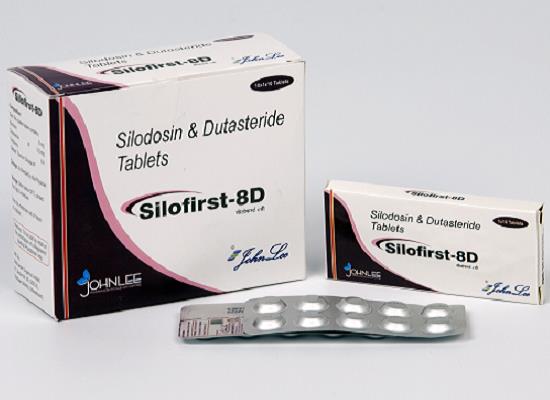
Figure 1. Tablets of silodosin
Pharmacodynamic
Silodosin is a highly selective antagonist of the alpha-1A adrenoceptor, primarily used in the treatment of lower urinary tract symptoms associated with benign prostatic hyperplasia. By antagonizing the alpha-1A adrenoceptors, silodosin induces smooth muscle relaxation in various structures, including the prostate, bladder base, bladder neck, prostatic capsule, and prostatic urethra. This relaxation leads to a reduction in bladder outlet resistance, thereby improving urinary flow. Compared to other alpha-1 adrenoceptor antagonists like tamsulosin or prazosin, silodosin exhibits higher affinity for the alpha-1A adrenoceptors and lower affinity for alpha-1B adrenoceptors. In studies, silodosin demonstrated significant improvements in urodynamic parameters, such as detrusor opening pressure, detrusor pressure at maximum urinary flow rate (Qmax), and bladder outlet obstruction index. It also increased maximum cystometric capacity and bladder capacity at first void. Silodosin has shown efficacy in resolving or improving detrusor overactivity and improving voiding and storage symptoms in men with LUTS associated with BPH. Importantly, it has a lower risk of orthostatic hypotension compared to other medications due to its selectivity for alpha-1A adrenoceptors over alpha-1B adrenoceptors involved in vascular smooth muscle tone regulation. In summary, silodosin's selective antagonism of the alpha-1A adrenoceptors leads to smooth muscle relaxation in key structures involved in LUTS associated with BPH, resulting in improved urinary flow and symptom relief without significant cardiovascular or cardiac adverse effects. 1
Pharmacokinetics
Silodosin is a medication with linear pharmacokinetics and an absolute bioavailability of 32%. The recommended dosage range is 0.1-48 mg/day. When administered once daily, it reaches peak plasma concentration (Cmax) of 61.6 ng/mL in approximately 2.6 hours. At steady state, the mean area under the plasma concentration-time curve (AUC) is 373.4 ng·h/mL. Silodosin should be taken with food as it decreases Cmax by approximately 30% and increases tmax by approximately 1 hour. When administered with applesauce, the drug is bioequivalent to an intact capsule. It is extensively bound to plasma proteins (97%) and has an apparent volume of distribution of 49.5 L. Silodosin undergoes metabolism primarily through glucuronidation, alcohol and aldehyde dehydrogenase, and cytochrome P450 3A4. Its major glucuronide metabolite, KMD3213G, demonstrates pharmacological activity. Approximately 54.9% and 33.5% of radioactivity are excreted in the feces and urine, respectively. In patients with renal impairment, unbound silodosin Cmax and AUC values are higher compared to those with normal renal function. Dosage adjustment is required for severe renal impairment. No dosage adjustment is needed in patients with mild renal impairment. In patients with moderate hepatic impairment, no dosage adjustment is required, but silodosin is contraindicated in severe hepatic impairment. Silodosin does not require dosage adjustment in the elderly. Genetic polymorphisms in UGT2B7 may affect the pharmacokinetics of silodosin, particularly in Asian patients. 2
Clinical applications
Silodosin is a selective α1-adrenoceptor antagonist that is primarily used for the treatment of benign prostatic hyperplasia. BPH is a common condition characterized by the enlargement of the prostate gland, leading to bothersome urinary symptoms such as urinary frequency, urgency, weak urine flow, and nocturia. The clinical application of Silodosin revolves around its ability to relax the smooth muscles in the prostate, bladder neck, and urethra. By specifically targeting α1-adrenoceptors in these areas, Silodosin inhibits the binding of norepinephrine, a hormone responsible for muscle contraction. As a result, Silodosin promotes smooth muscle relaxation, improves urinary flow, and alleviates the obstructive symptoms associated with BPH. Numerous clinical trials have demonstrated the efficacy and safety of Silodosin in managing BPH. It has been shown to significantly improve International Prostate Symptom Score (IPSS), uroflowmetry parameters, and quality of life in patients with BPH. Moreover, Silodosin exhibits a favorable side effect profile, with minimal cardiovascular effects compared to non-selective α1-blockers. In addition to its primary indication for BPH, Silodosin has also shown potential in the management of ureteral stones. By relaxing the smooth muscles in the ureter, Silodosin helps facilitate the passage of stones and reduces the need for invasive interventions like surgery or lithotripsy. However, it is important to note that Silodosin should be used with caution in certain populations, such as patients with severe hepatic impairment or those taking medications that may interact with the drug. Common adverse effects include retrograde ejaculation, dizziness, and headache. In conclusion, Silodosin is a selective α1-adrenoceptor antagonist with significant clinical applications in treating benign prostatic hyperplasia and facilitating the passage of ureteral stones. Its ability to selectively target α1-adrenoceptors and promote smooth muscle relaxation makes it an effective and well-tolerated option for patients with these conditions. 3
Reference
1. Shibata K, Foglar R, Horie K, Obika K, Sakamoto A, Ogawa S, Tsujimoto G. KMD-3213, a novel, potent, alpha 1a-adrenoceptor-selective antagonist: characterization using recombinant human alpha 1-adrenoceptors and native tissues. Mol Pharmacol. 1995 Aug;48(2):250-258.
2. Keating GM. Silodosin: a review of its use in the treatment of the signs and symptoms of benign prostatic hyperplasia. Drugs. 2015 Feb;75(2):207-217.
3. LiverTox: Clinical and Research Information on Drug-Induced Liver Injury [Internet]. Bethesda (MD): National Institute of Diabetes and Digestive and Kidney Diseases; 2012. Silodosin. 2018 Jan 8.
Related articles And Qustion
See also
Lastest Price from Silodosin manufacturers
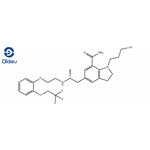
US $0.00-0.00/KG2025-11-27
- CAS:
- 160970-54-7
- Min. Order:
- 1KG
- Purity:
- 98
- Supply Ability:
- 10000KGS
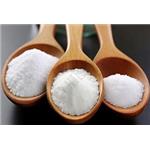
US $100.00-75.00/kg2025-04-21
- CAS:
- 160970-54-7
- Min. Order:
- 1kg
- Purity:
- 99%
- Supply Ability:
- 5000Ton
